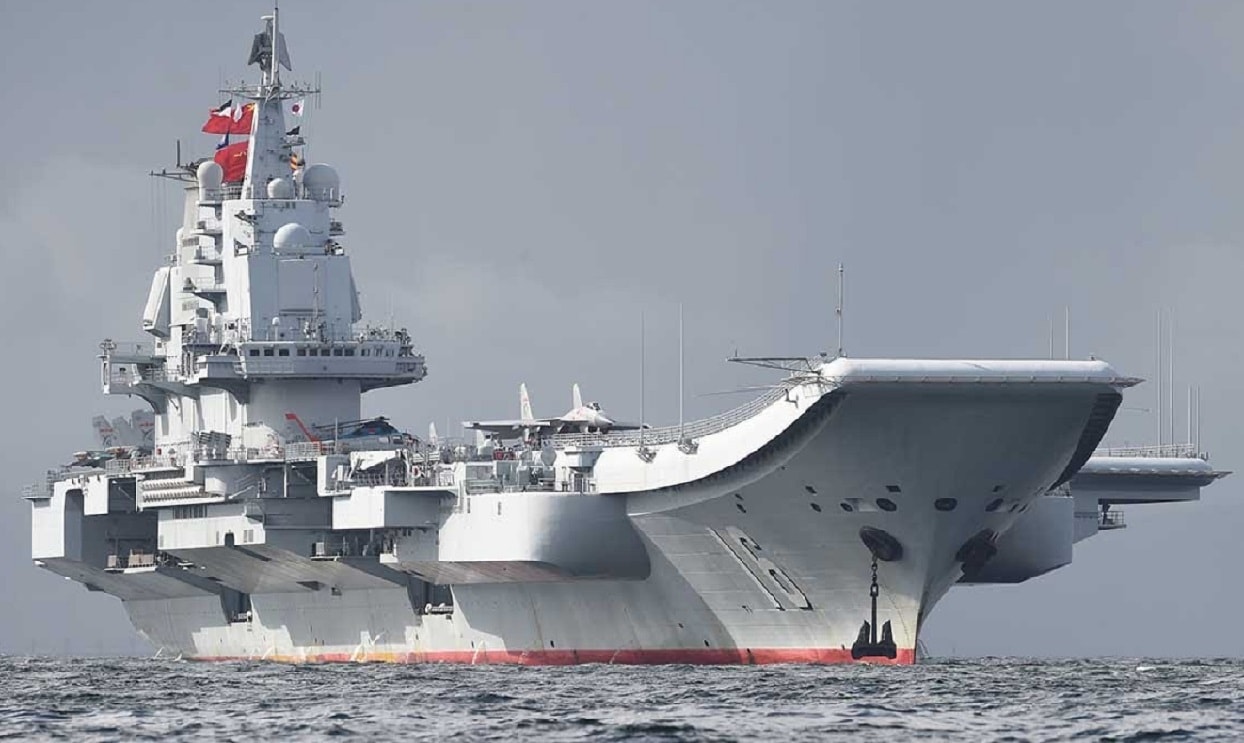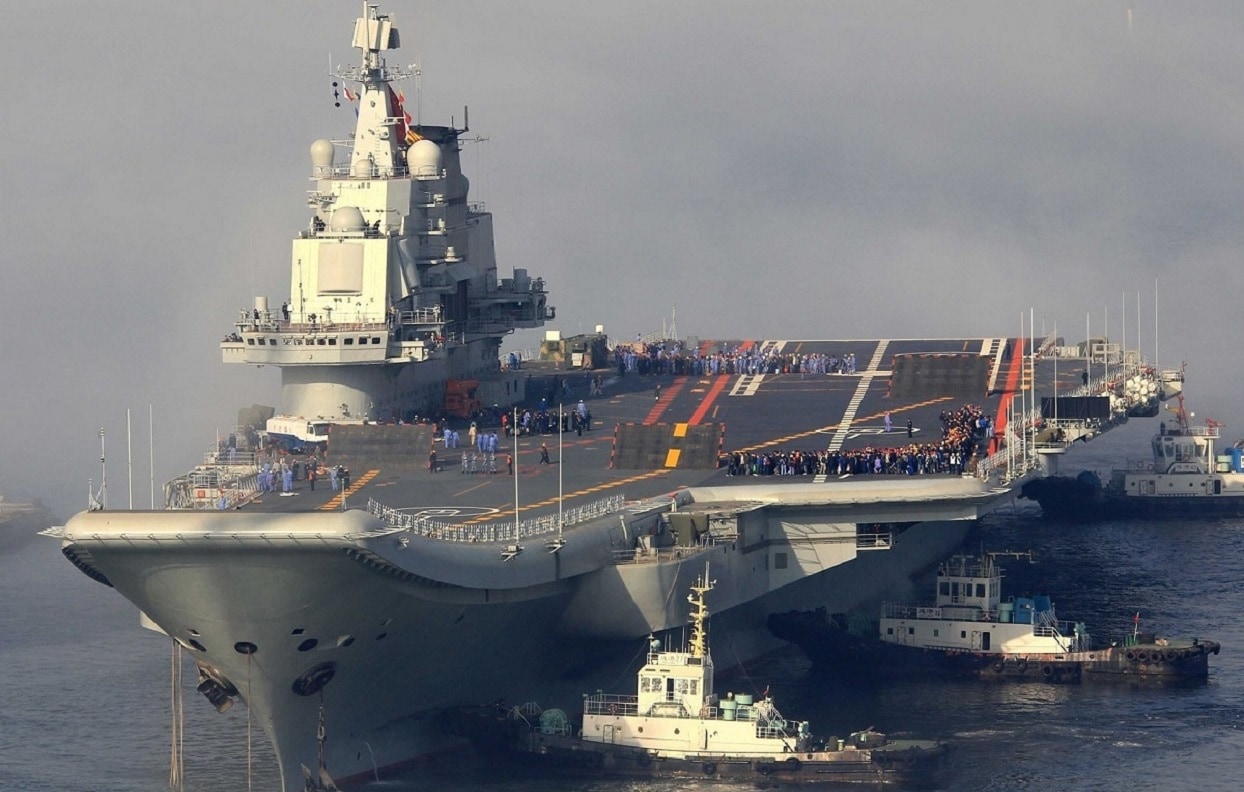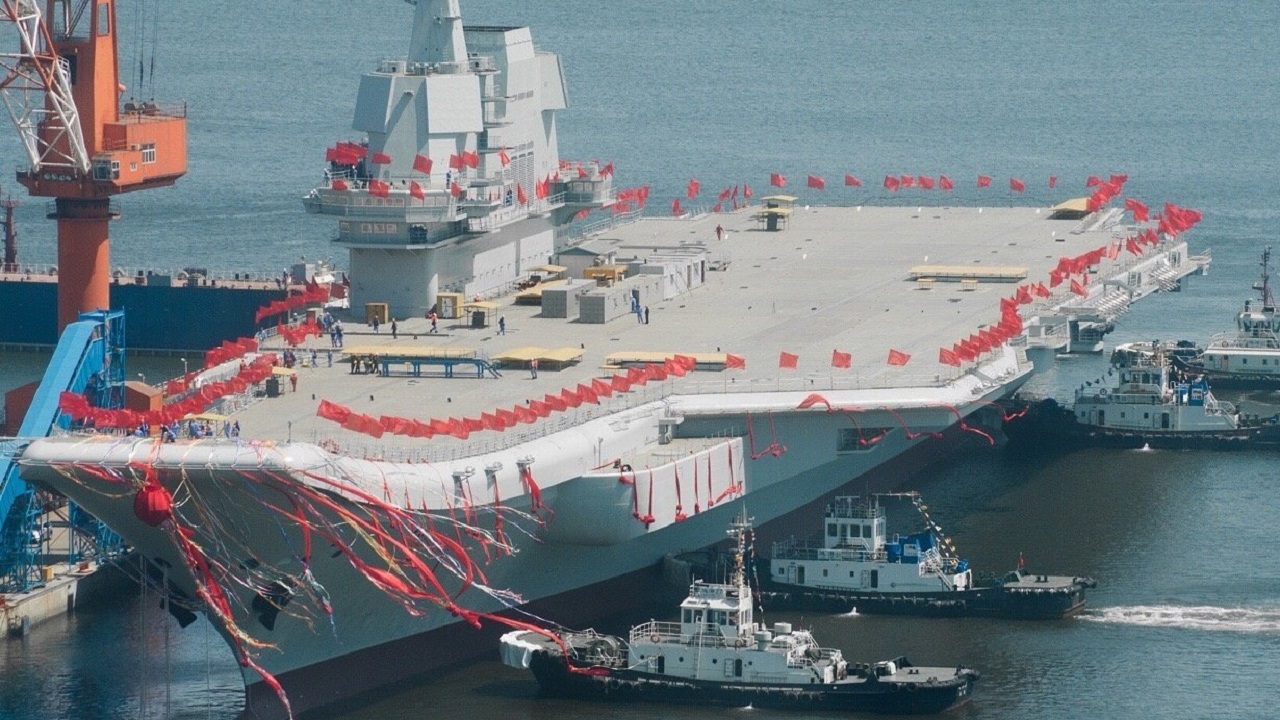Key Points: China’s Type 003 Fujian aircraft carrier, equipped with electromagnetic aircraft launch systems (EMALS), is nearing a breakthrough in matching U.S. Navy capabilities.
-Unlike its predecessors, which relied on ski jumps, Fujian marks a leap by skipping steam catapults entirely.
-Recent sea trials suggest initial aircraft recoveries may have begun, evidenced by tire marks on the flight deck. While significant testing remains, progress is steady, with Fujian expected to enter service by late 2025, depending on successful EMALS operations.
-If achieved, this would place China’s People’s Liberation Army Navy (PLAN) closer to rivaling the U.S. Navy’s technological edge in carrier operations.
Progress on China’s Fujian Aircraft Carrier Could Reshape Naval Balance by 2025
The People’s Liberation Army Navy (PLAN) is one step closer to matching a key capability of the United States Navy, electromagnetic catapult launches from the flight deck of an aircraft carrier. Nearly every other true carrier in service apart from the United States Navy employs ski jump ramps to launch aircraft.
The United States Navy’s nuclear-powered Nimitz-class flattops are equipped with steam-powered catapults, while the Gerald R. Ford class was designed to utilize the Electromagnetic Aircraft Launch System (EMALS), which the U.S. Naval Air Systems Command (NAVAIR) explained “uses stored kinetic energy and solid-state electrical power conversion. This technology permits a high degree of computer control, monitoring and automation.”
It offered greater reliability and efficiency, increasing the sortie rates as well as a broader range of naval aircraft. It has also been touted to put less stress on the ship and the aircraft while providing much higher launch energy. It was an advancement that required a significant amount of testing, and numerous “bugs” had to be worked out of the system.

China Aircraft Carrier. Image: Creative Commons.
The PLAN’s first two aircraft carriers – the conventionally-powered Type 001 Liaoning and Type 002 Shandong – relied on the aforementioned ski jumps; the Type 003 Fujian also employs an electromagnetic system. Beijing essentially skipped over the steam-powered catapults, even though it had been expected that nuclear propulsion would be necessary to power them.
Catapult Launches Have Yet to Begin on Fujian Carrier
Based on reports from social media, launch and recovery tests may have begun on the Fujian. The carrier completed its fifth sea trials earlier this month, spending 15 days in the Yellow Sea. It is unlikely that any catapult launches occurred during those recent tests, but eagle-eyed viewers spotted evidence that the Chinese flattop began another important component of carrier operations – namely aircraft recoveries.
The images that circulated online showed tire marks on the flight deck. Military aviation researcher Rupprecht Deino first posted the images of the Type 003 Fujian on December 3 as it returned following the completion of its most recent sea trials.
“I don’t really want to jump the gun here but that sure looks like a jackpot to me. Doesn’t necessarily mean that it has conducted catapult trials with real aircraft though. Could just be a touch-and-go,” wrote Deino on X, the social media platform formerly known as Twitter.

Chinese Aircraft Carrier. Image: Chinese Internet.
The independent analyst isn’t alone in speculating that aircraft may have landed on the flight deck.
“The tyre marks on the flight deck are likely to be left by landing tests … when aircraft land and slide for some 80 metres (263 feet) until they are hooked by the arrester wires,” Yue Gang, a retired colonel from the People’s Liberation Army (PLA), told The South China Morning Post earlier this week.
Many More Tests to Come for Aircraft Carriers
Even if flight testing has begun, it could still be many months before China’s third carrier enters service – yet, progress is moving ahead.
Wu Qian, a spokesperson for the Ministry of National Defense, told reporters on Friday that the carrier will continue throughout early 2024.
The Type 003 Fujian completed its first sea trials in May of this year. Depending on how the tests are completed, the carrier could enter service by the end of 2025 – but that depends on whether its electromagnetic catapults work as advertised.
The U.S. Navy learned that the first time was the biggest challenge, and it had decades of experience with the steam-based systems.
Author Experience and Expertise: Peter Suciu
Peter Suciu is a Senior Editor focusing on defense issues for 19FortyFive. He has contributed to more than four dozen magazines, newspapers, and websites with over 3,500 published pieces over a twenty-year career in journalism. He regularly writes about military hardware, firearms history, cybersecurity, politics, and international affairs. Peter is also a Contributing Writer for Forbes and Clearance Jobs. You can follow him on X: @PeterSuciu – and on Bluesky: @petersuciu.bsky.social.

